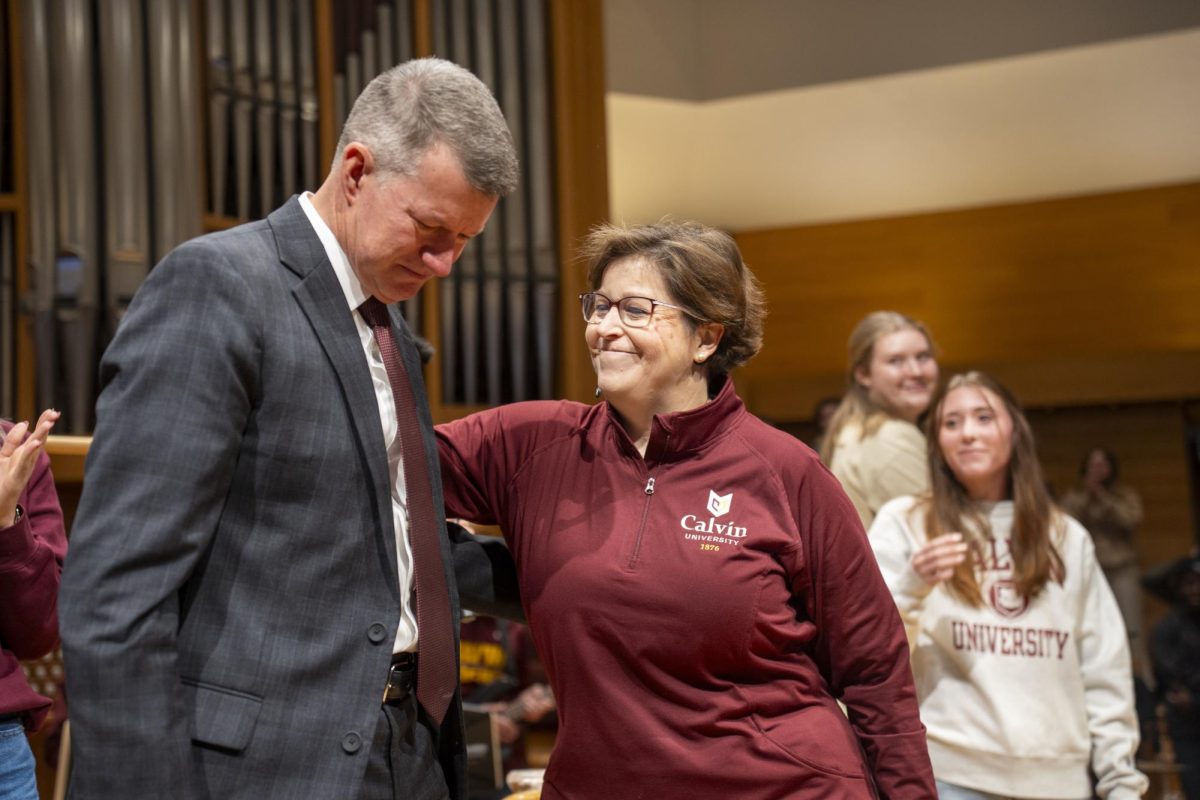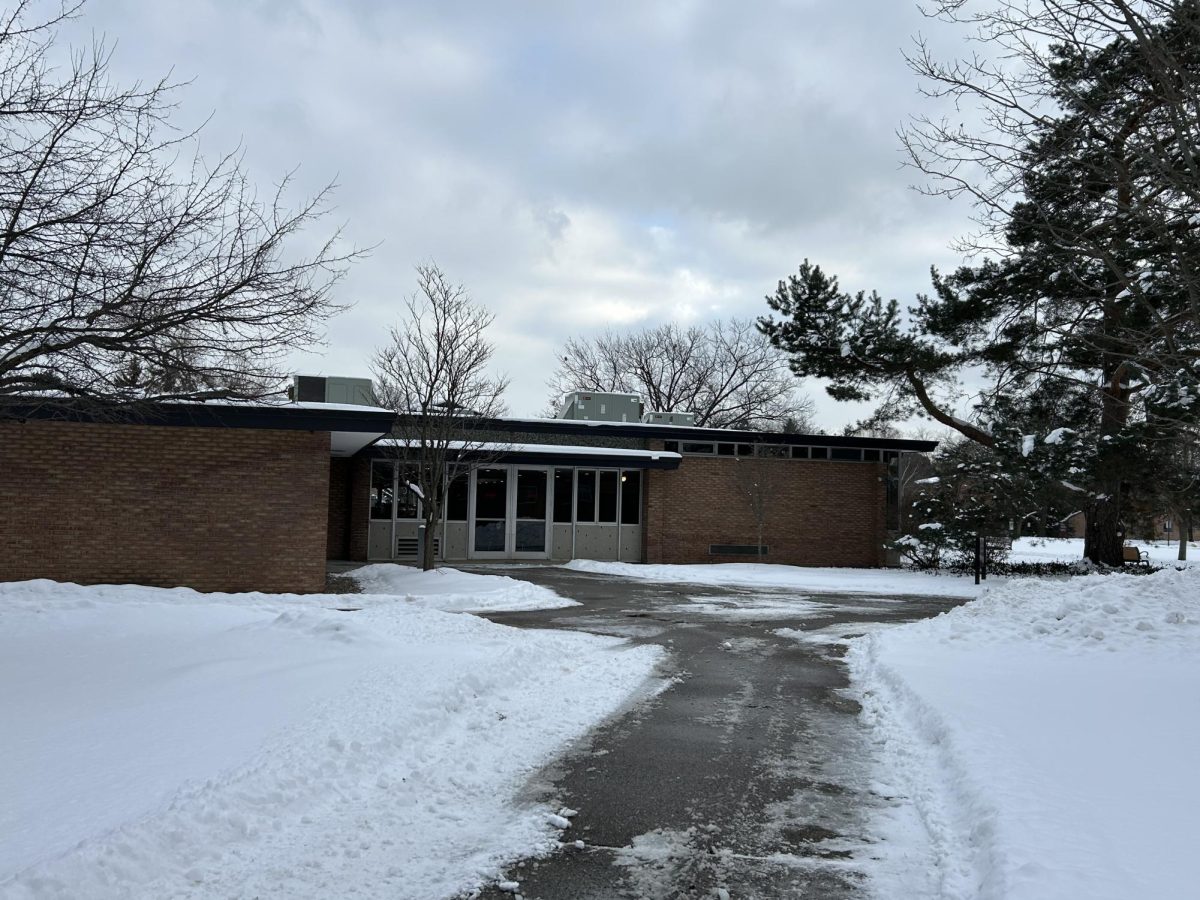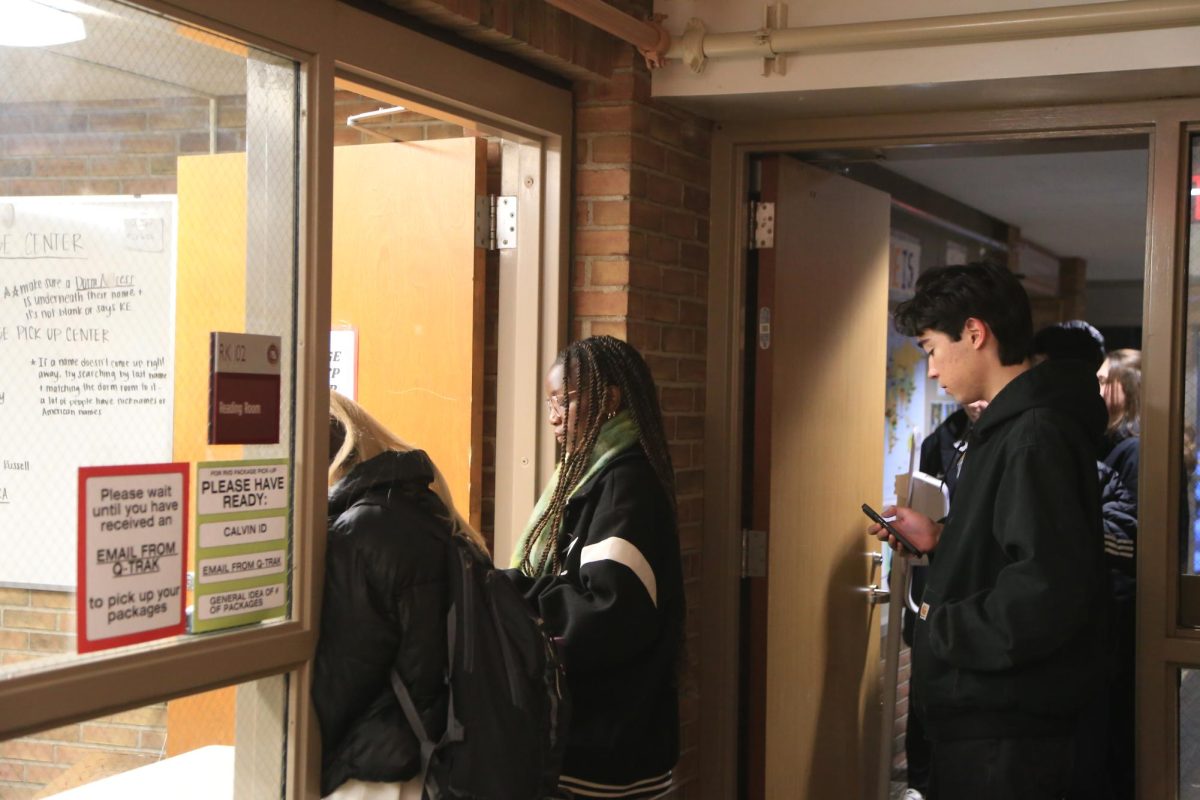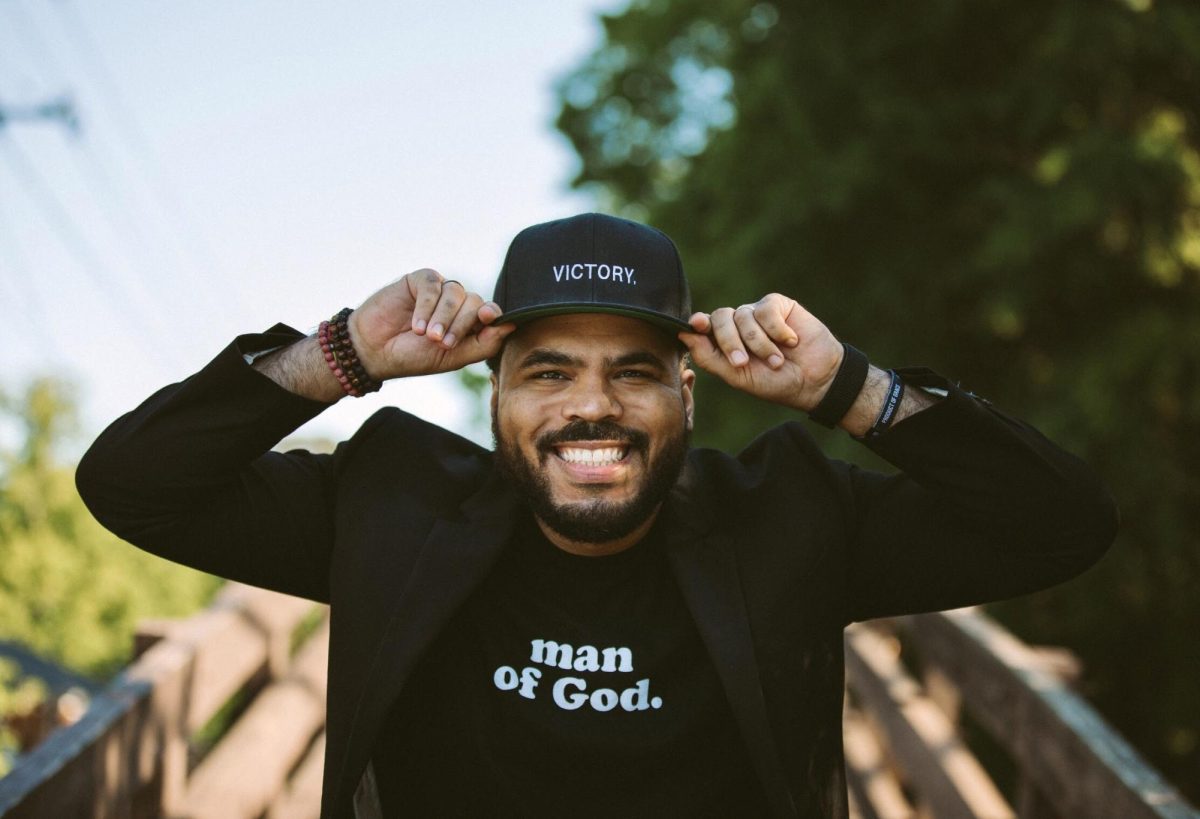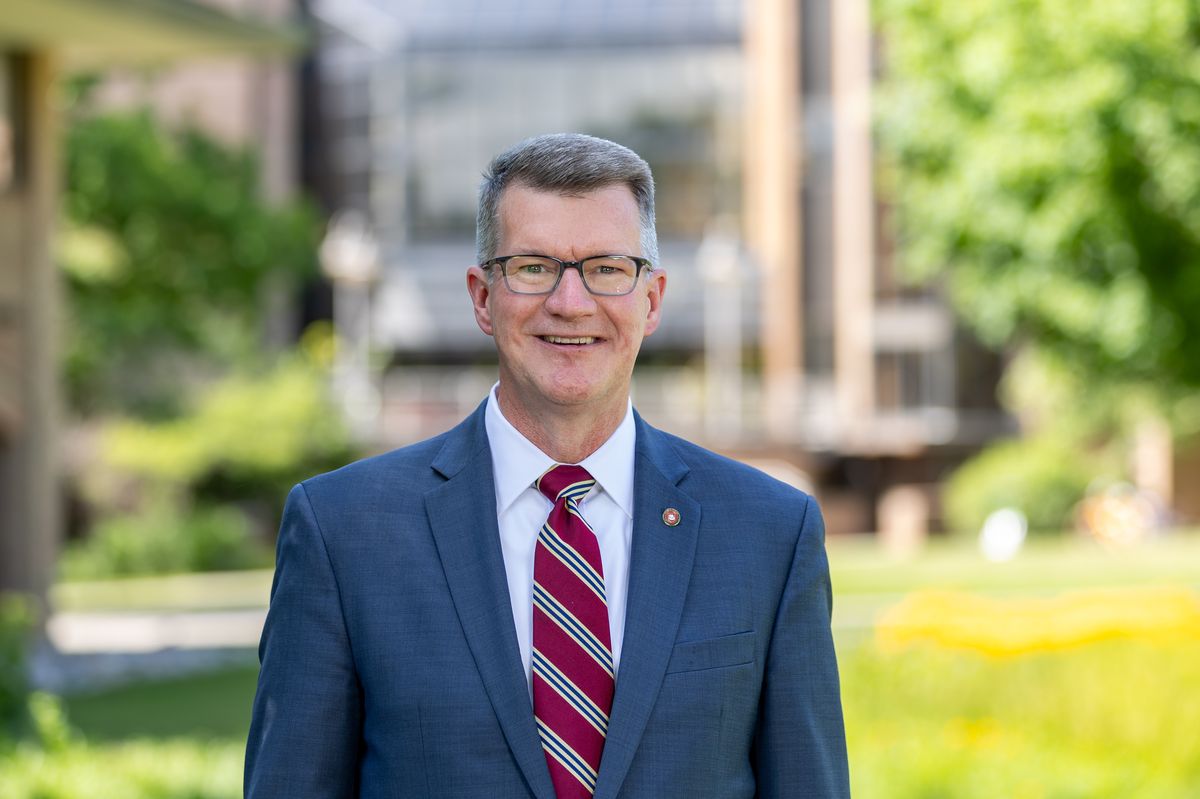While Calvin’s arts departments have received many blows to programs, faculty positions and morale over the last few years, those who love these departments and disciplines have been quick to make their voices heard in everything from Facebook posts to student town halls. From January to July 2016, some of those voices appeared on a committee chartered by the provost’s office to investigate the possibility of an “alternate administrative unit” that would facilitate collaboration between the arts at Calvin.
The committee’s report, submitted on July 1, offers two main recommendations: a new administrative unit that would “invite [the arts disciplines] all to work together in a more web-like fashion rather than in disciplinary silos” and a new Center for Arts and Cultural Engagement.
The provost’s office chartered this committee in response to professors across the arts asking administration to consider carefully how the arts should look at Calvin in the wake of last year’s cuts.
“We’re hopeful. We’re optimistic that things can change,” said art professor Jo-Ann VanReeuwyk, one of the committee’s three co-chairs. Also leading the committee were theater professor Debra Freeberg and music and religion professor John Witvliet.
In response to the committee’s recommendations, Dean Elizabeth Vander Lei is chartering five new committees that will investigate specific aspects of the arts’ future at Calvin: physical spaces, curriculum, community partnerships, administrative structure and funding campaigns.
Vander Lei emphasized the speed and determination with which administration is pursuing these questions. To have five new committees chartered in September when the original report only appeared in July is “as fast as could be reasonably expected,” Vander Lei said. These are projects that students will see, not only hear about.
This quick pace is crucial in order to reverse the negative narratives and rumors that have attached themselves to Calvin’s arts programs, Van Reeuwyk said:
“We have to turn things around now. This isn’t something that can happen in five years.”
Faculty from across campus, not only from arts-related departments, will appear on these committees, as well as representatives from enrollment and student life. Vander Lei plans to add students to the rosters as well before the charters are submitted.
Because these committees have each been given a narrow focus and a short time-frame (some reporting this December, others next March), Vander Lei assured students that “these are not committees that will languish.”
Vander Lei also encouraged students to look at small, concrete signs of the college’s interest in sustaining arts programs, such as upgrades to the ceramics studio. While acknowledging that there are “many other small tangible things and large tangible things that we need to accomplish,” Vander Lei praised the kind of cross-campus cooperation that even small projects like this have created:
“It’s impressive to see physical plant staff working with me to improve the physical conditions for arts students,” she said. “They care about [students’] experience.”
VanReeuwyk encouraged students of all majors who love the arts to make their priorities not only to administration but to everyone they interact with:
“If you have any interest in the arts at all, talk it up. Attend, maybe get involved in some little way yourself. Talk to people about how it’s important to you.”
As ever, the college’s mission remains to equip students, Vander Lei said. “And we know that one way students are equipped to be agents of renewal in this world is to demonstrate the image of God through the arts, through their creative practice. That’s something we need to do, and everyone’s committed to doing it.”



